This week: Franz Boas, Italian Renaissance drawings at the Morgan, true romance with Schumann & more from the world of culture.
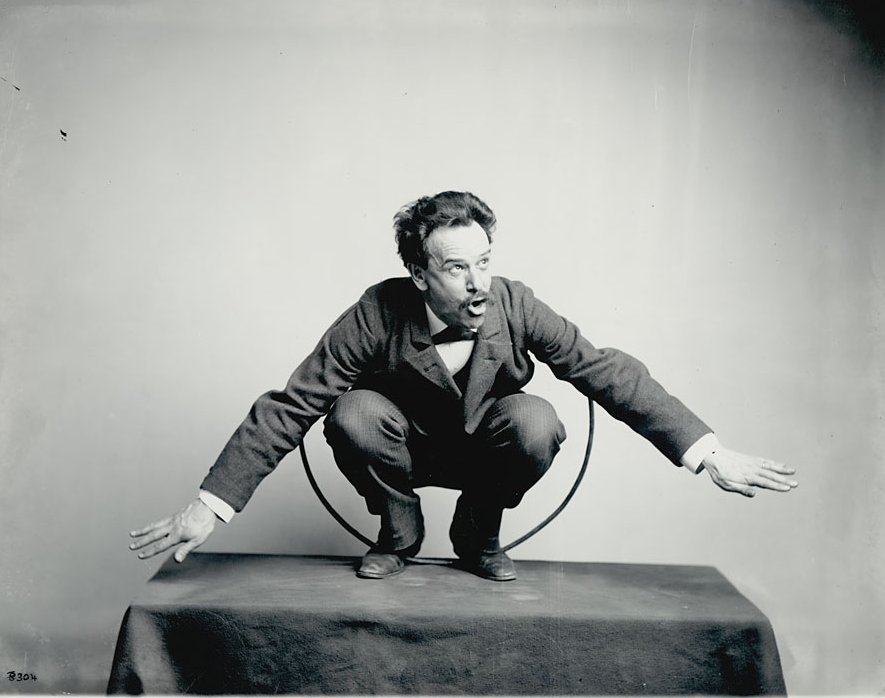
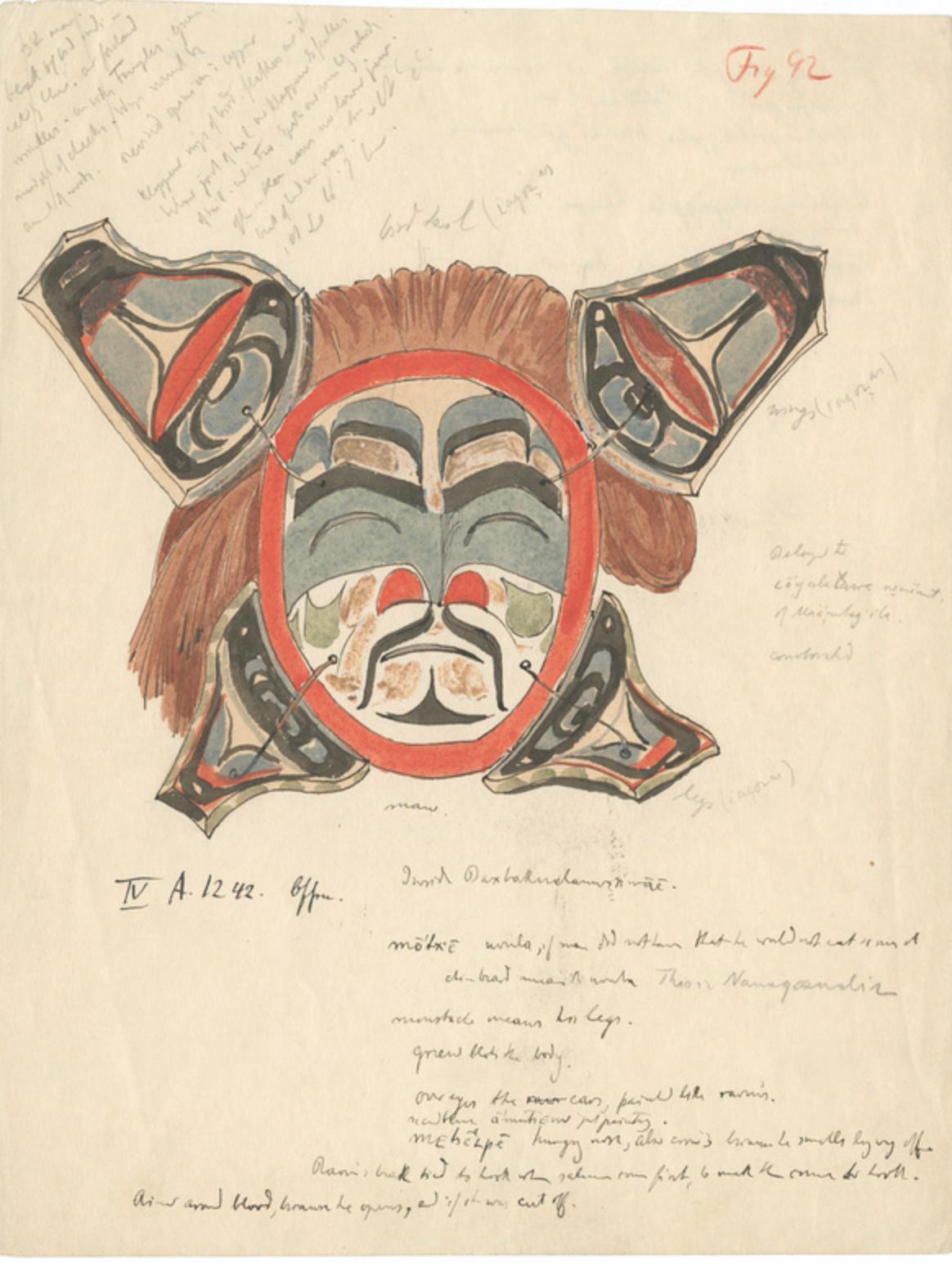
“The Story Box: Franz Boas, George Hunt and the Making of Anthropology,” at the Bard Graduate Center (February 14 through July 7): As a founder of cultural anthropology, Franz Boas (1858–1942) departed from the progressive beliefs of his day to see cultures, not in some Darwinian pecking order, but on their own terms. His fieldwork among the peoples of the Pacific Northwest brought rich tribal art to the attention of the peoples of the Manhattan West Side, where Boas’s own Northwest Coast Hall at the American Museum of Natural History still retains much of his original work. Opening this week at the nearby Bard Graduate Center, “The Story Box” will revisit Boas and one of his most influential books, The Social Organization and the Secret Societies of the Kwakiutl Indians (1897), with a new annotated edition by the curator Aaron Glass that looks to the role of Boas’s undersung co-researcher George Hunt. —JP
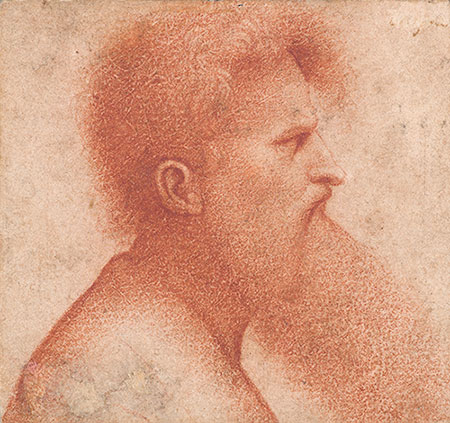
“Early Italian Drawings” with Rhoda Eitel-Porter at the Morgan Library (February 15): The Morgan is publishing its first-ever catalogue of drawings from the Italian Renaissance. To celebrate the occasion, an exhibition has been organized, titled “Invention and Design,” which brings together works by the greats: Botticelli, Filippo Lippi, Mantegna, Raphael, del Sarto, da Vinci, and more. The exhibition opens this Friday, when Rhoda Eitel-Porter, the editor of Print Quarterly and a former Morgan curator, will speak at an opening-night lecture. —BR
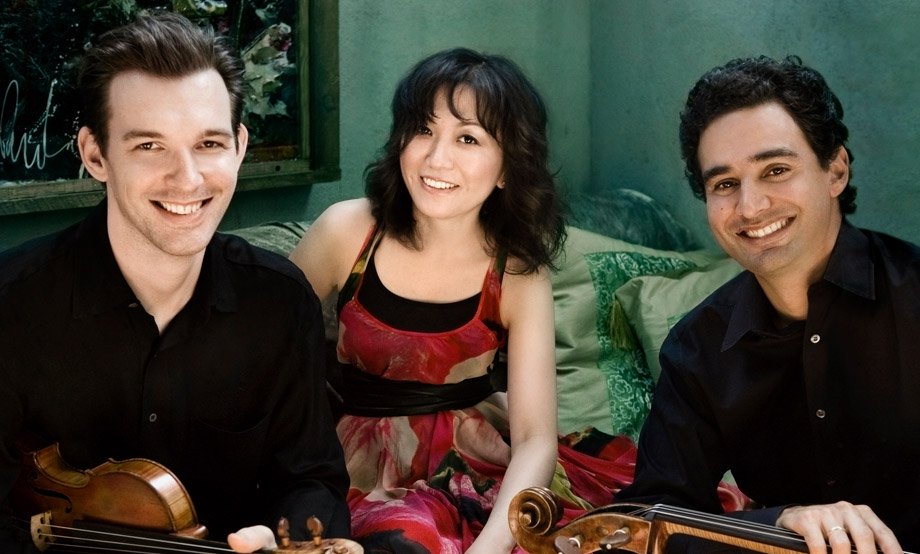
“The Horszowski Trio,” at the 92nd Street Y (February 15): Celebrate Valentine’s Day weekend like a true romantic—the musical kind. This Friday at 9 p.m., The Horszowski Trio will bring Schumann to the 92nd Street Y through a performance of that quintessential Romantic composer’s Piano Trio No. 1 in D Minor, Op. 63. The program also includes Shostakovich’s Piano Trio No. 2 in E Minor, Op. 67 and what may be a “blind date” with a lesser-known composer: Charles Wuorinen, in his Piano Trio from 1983. —HN
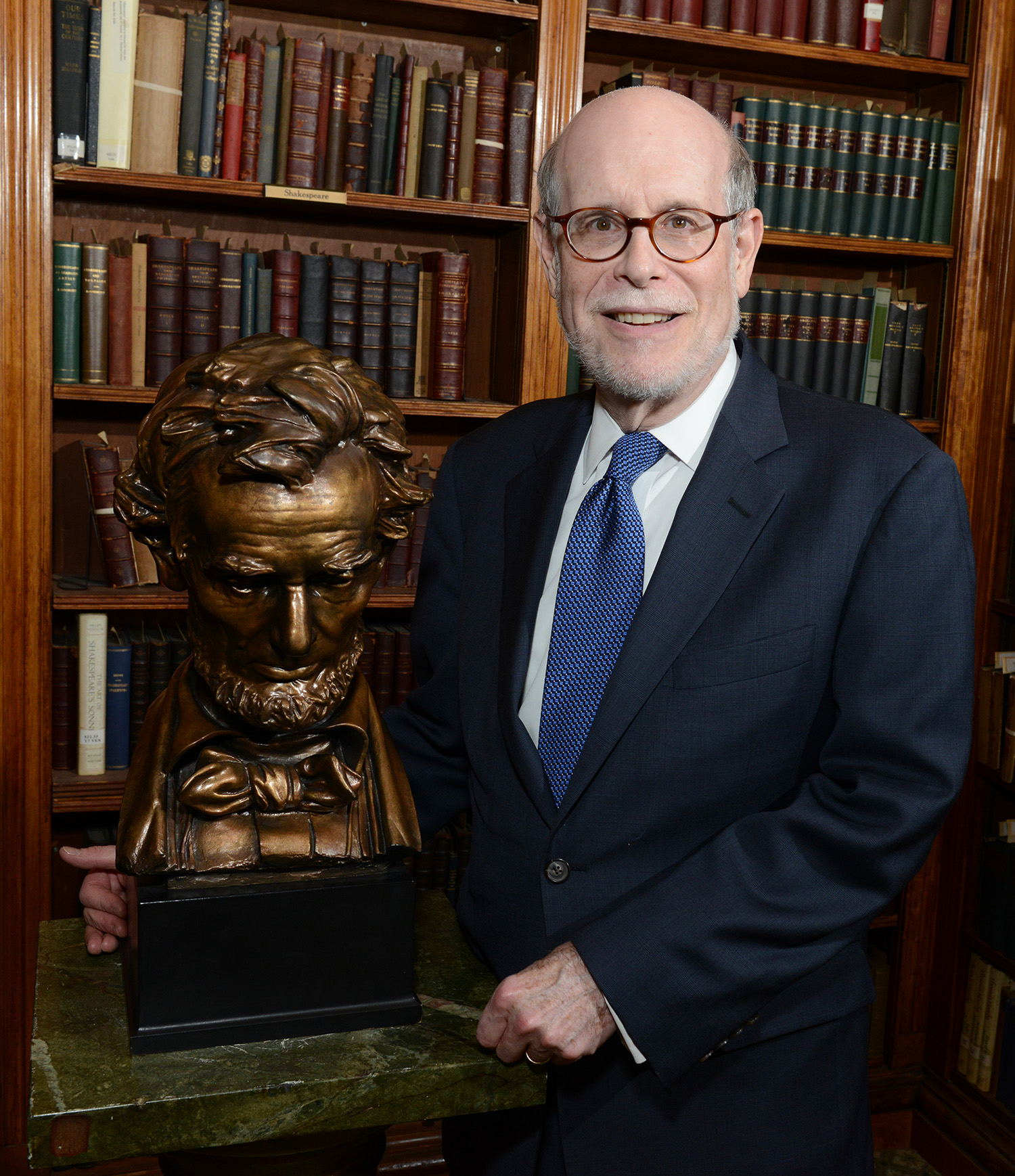
“The Lincoln Legacy,” lecture by Harold Holzer at the New-York Historical Society (February 12): Harold Holzer, the director of Hunter College’s Roosevelt House Public Policy Institute, has edited or written more than fifty books on Abraham Lincoln and the Civil War. On Tuesday, at the New-York Historical Society, he will be presenting a lecture on the transformation of Lincoln’s legend after his inglorious assassination. Crucial to this transformation is Daniel Chester French’s 1920 statue of the sixteenth POTUS, which sits in Washington’s Lincoln Memorial and features prominently in Holzer’s latest book, Monument Man: The Life & Art of Daniel Chester French. Look for Eric Gibson’s review of Monument Man in the March issue of The New Criterion. —AS
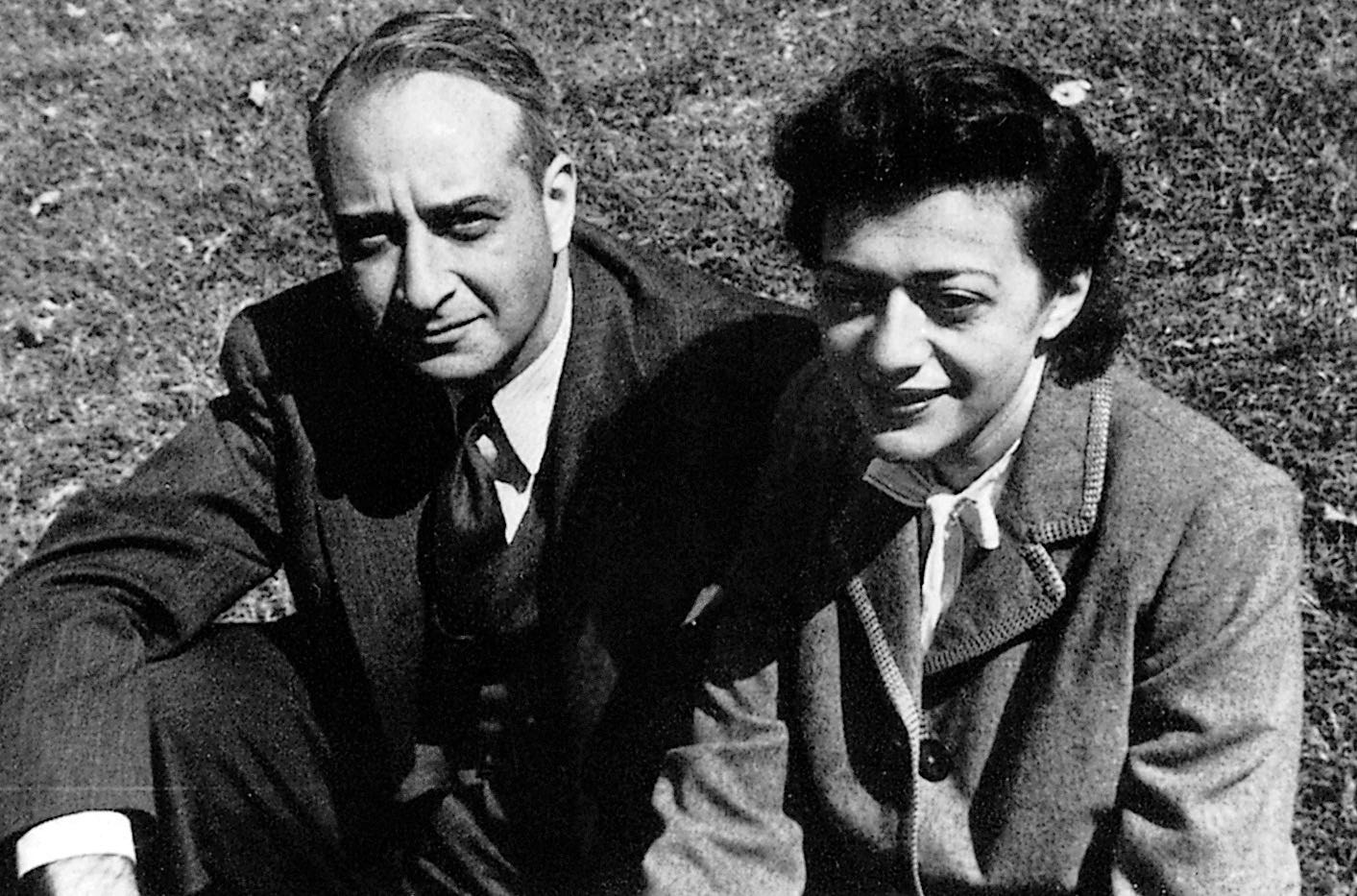
From the archive: “Small early valentine,” by Jane Kenyon (April 1986). A poem.
From the current issue: “Lionel Trilling: the genre of discourse,” by Paul Dean. On the life and letters of Lionel Trilling.
Broadcast: Daniel McCarthy and James Panero discuss conservatism in the modern age.

